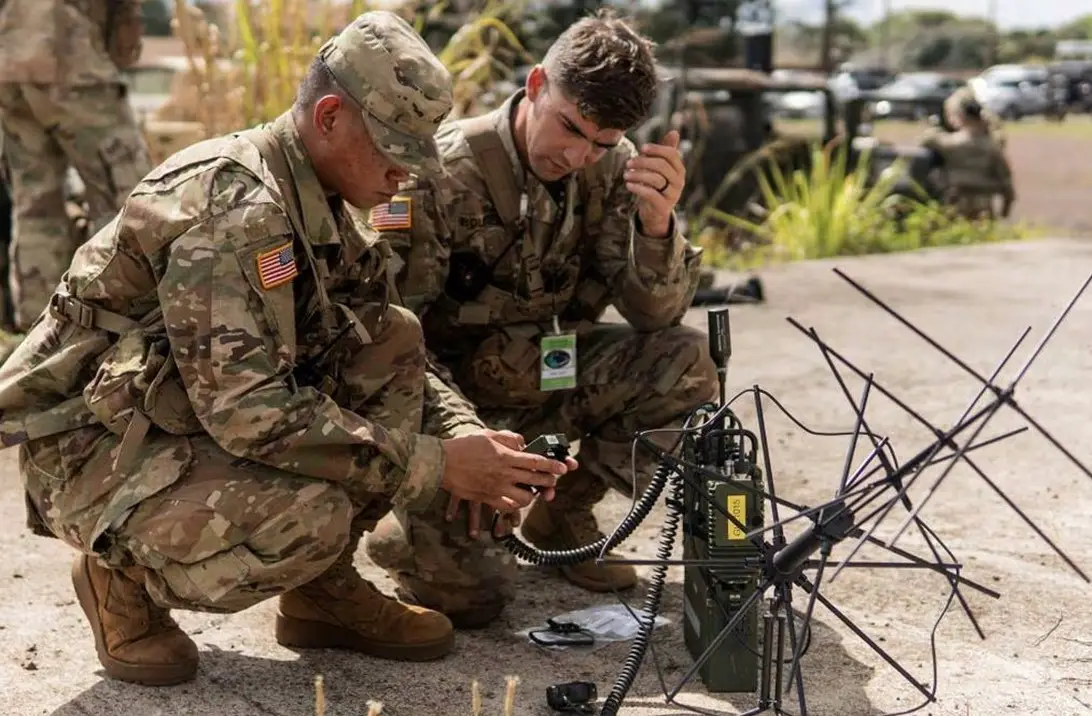Canada’s defense ministry has been allowed access to a US military satellite for smoother, more secure battlefield communications.
Known as the Mobile User Objective System (MUOS), the American-made space asset provides warfighters with reliable voice and data communications in challenging weather.
It reportedly boasts a “10-fold increase” in communications capacity over legacy systems and offers reduced signal interference and improved connectivity.
In a recent demonstration, operators from the Canadian Department of National Defence utilized the MUOS and an AN/PRC-117G terminal to transmit data from two locations in Ottawa.
They also completed a call from Canada to the Joint Enterprise Defense Infrastructure laboratory in San Diego, California.
“We are very proud of this accomplishment,” project manager Scott Mackenzie said. “It is a measure of the superb teamwork between the Canadian and United States teams.”
The demonstration makes Canada the first partner nation to access the MUOS.
Years in the Making
Canada’s efforts to access the MUOS started in 2019 when it sought an agreement with the US to use the satellite for battlefield communication.
After more than four years of extensive planning, Ottawa received the much-awaited US approval for a demonstration on Canadian soil.
According to US Space Systems Command, the recent demonstration allowed the Canadian Department of National Defence to make a secure point-to-point call from one Canadian radio terminal to another.
It accessed services like point-to-net with chat, file transfer, email, and group calls using the MUOS.
Another demonstration is expected in March 2024.

Seeking More MUOS Satellites
Earlier this year, the US Space Force announced its plan to procure two more MUOS satellites to transfer information securely.
Two companies will reportedly be selected to carry out early design and risk reduction work within 18 months.
According to a solicitation, the narrow-band communication satellites should operate in a frequency range of 300MHz to 3GHz to make them less vulnerable to poor weather conditions or rugged terrain.
The first satellite is expected to be launched before the end of 2030.












